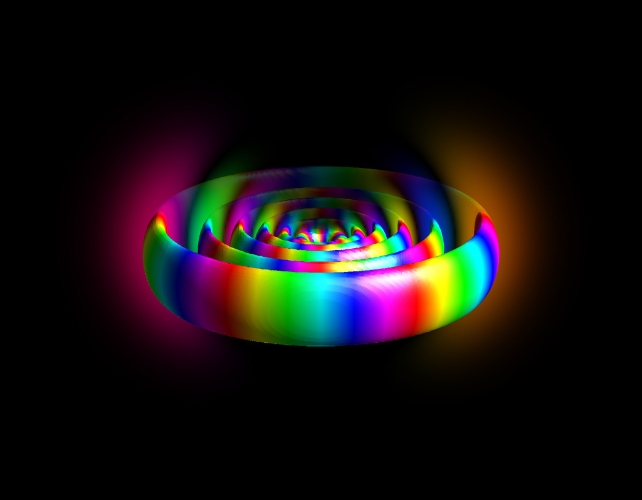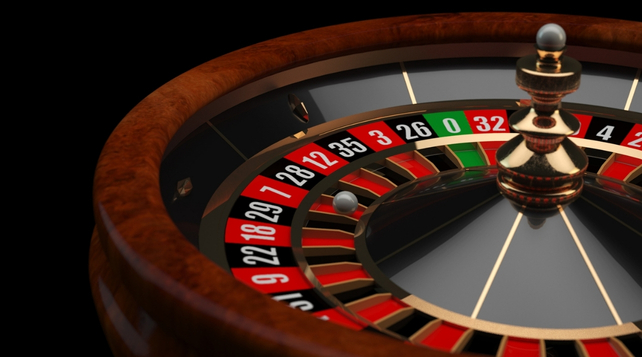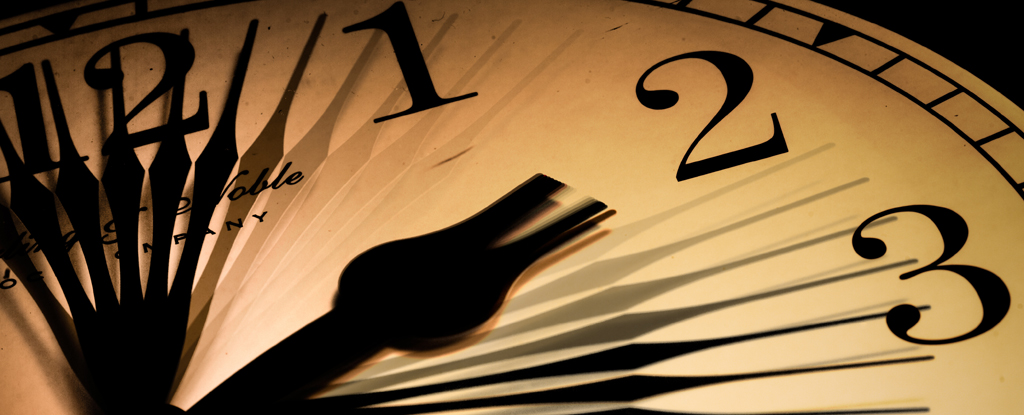Determining the passage of time in our world of ticking clocks and oscillating pendulums is a simple case of counting the seconds between “then” and “now.”
However, on the quantum scale of buzzing electrons, ‘then’ cannot always be expected. Worse still, “now” often fades into a haze of vagueness. In some scenarios, a stopwatch simply doesn’t work.
According to a 2022 study by researchers at Uppsala University in Sweden, a possible solution could be found in the form of the quantum fog itself.
Their experiments with the wave-like nature of something called a Rydberg state revealed a new way to measure time that doesn’t require a precise starting point.
Rydberg atoms are the over-inflated balloons of the particle kingdom. Inflated with lasers instead of air, these atoms contain electrons in extremely high energy states, orbiting far from the nucleus.

Of course, not every pump of a laser has to blow up an atom to cartoonish proportions. In fact, lasers are routinely used to drive electrons into higher energy states for various purposes.
In some applications, a second laser can be used to monitor changes in the electron’s position, including the passage of time. These ‘pump-probe’ techniques can be used, for example, to measure the speed of certain ultra-fast electronics.
Inducing atoms into Rydberg states is a useful trick for engineers, not least when it comes to designing new components for quantum computers. Needless to say, physicists have gathered a significant amount of information about the way electrons move when pushed into a Rydberg state.
Because they are quantum animals, their movements are less like beads sliding around on a small abacus, and more like an evening at the roulette table, where every roll and jump of the ball is squeezed into a single game of chance.
The mathematical rulebook behind this wild game of Rydberg electron roulette is called a Rydberg wave packet.
As with real waves, rippling of more than one Rydberg wave packet in a room creates interference, resulting in unique ripple patterns.
Throw enough Rydberg wave packets into the same atomic pond, and those unique patterns will each represent the different time it takes for the wave packets to evolve in accordance with each other.

It was precisely these ‘fingerprints’ of time that the physicists behind this series of experiments wanted to test, which showed that they were consistent and reliable enough to serve as a form of quantum time stamping.
Their research involved measuring the results of laser-excited helium atoms and matching their findings with theoretical predictions to show how their characteristic results could hold up for some time.
“When you use a counter, you have to define zero. You start counting at some point,” physicist Marta Berholts of Uppsala University in Sweden, who led the team, explained to New scientist in 2022.
“The advantage of this is that you don’t have to start the clock. You just have to look at the interference structure and say, ‘Okay, it’s been four nanoseconds.'”
A tutorial on the evolving Rydberg wave packets could be used in conjunction with other forms of pump-probe spectroscopy that measure events on small scales, when they are occasionally less clear, or simply too difficult to measure.
Importantly, none of the fingerprints need a then and now to serve as a starting and ending point for time. It would be like measuring the race of an unknown sprinter against a number of competitors running at fixed speeds.
By looking for the signature of interfering Rydberg states amid a sample of pump probe atoms, engineers were able to observe a time stamp for events as fleeting as just 1.7 trillionths of a second.
Future quantum watch experiments could replace helium with other atoms, or even use laser pulses of different energies, to expand the timestamped guide to suit a wider range of conditions.
This research was published in Physical assessment examination.
An earlier version of this article appeared in October 2022.
